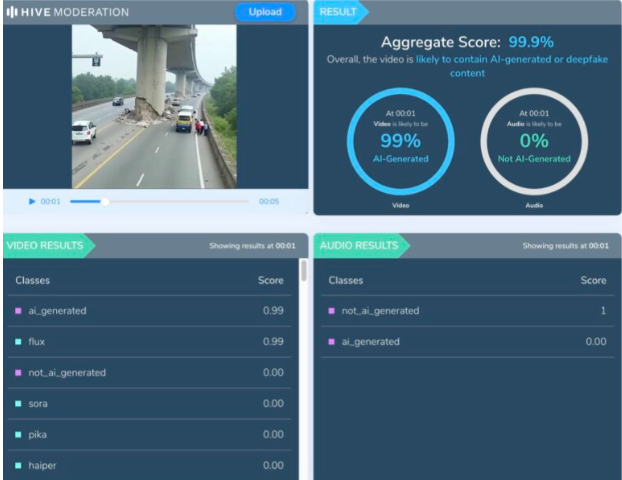#FactCheck-AI-Generated Viral Image of US President Joe Biden Wearing a Military Uniform
Executive Summary:
A circulating picture which is said to be of United States President Joe Biden wearing military uniform during a meeting with military officials has been found out to be AI-generated. This viral image however falsely claims to show President Biden authorizing US military action in the Middle East. The Cyberpeace Research Team has identified that the photo is generated by generative AI and not real. Multiple visual discrepancies in the picture mark it as a product of AI.
Claims:
A viral image claiming to be US President Joe Biden wearing a military outfit during a meeting with military officials has been created using artificial intelligence. This picture is being shared on social media with the false claim that it is of President Biden convening to authorize the use of the US military in the Middle East.

Similar Post:

Fact Check:
CyberPeace Research Team discovered that the photo of US President Joe Biden in a military uniform at a meeting with military officials was made using generative-AI and is not authentic. There are some obvious visual differences that plainly suggest this is an AI-generated shot.

Firstly, the eyes of US President Joe Biden are full black, secondly the military officials face is blended, thirdly the phone is standing without any support.
We then put the image in Image AI Detection tool

The tool predicted 4% human and 96% AI, Which tells that it’s a deep fake content.
Let’s do it with another tool named Hive Detector.

Hive Detector predicted to be as 100% AI Detected, Which likely to be a Deep Fake Content.
Conclusion:
Thus, the growth of AI-produced content is a challenge in determining fact from fiction, particularly in the sphere of social media. In the case of the fake photo supposedly showing President Joe Biden, the need for critical thinking and verification of information online is emphasized. With technology constantly evolving, it is of great importance that people be watchful and use verified sources to fight the spread of disinformation. Furthermore, initiatives to make people aware of the existence and impact of AI-produced content should be undertaken in order to promote a more aware and digitally literate society.
- Claim: A circulating picture which is said to be of United States President Joe Biden wearing military uniform during a meeting with military officials
- Claimed on: X
- Fact Check: Fake



.jpeg)



